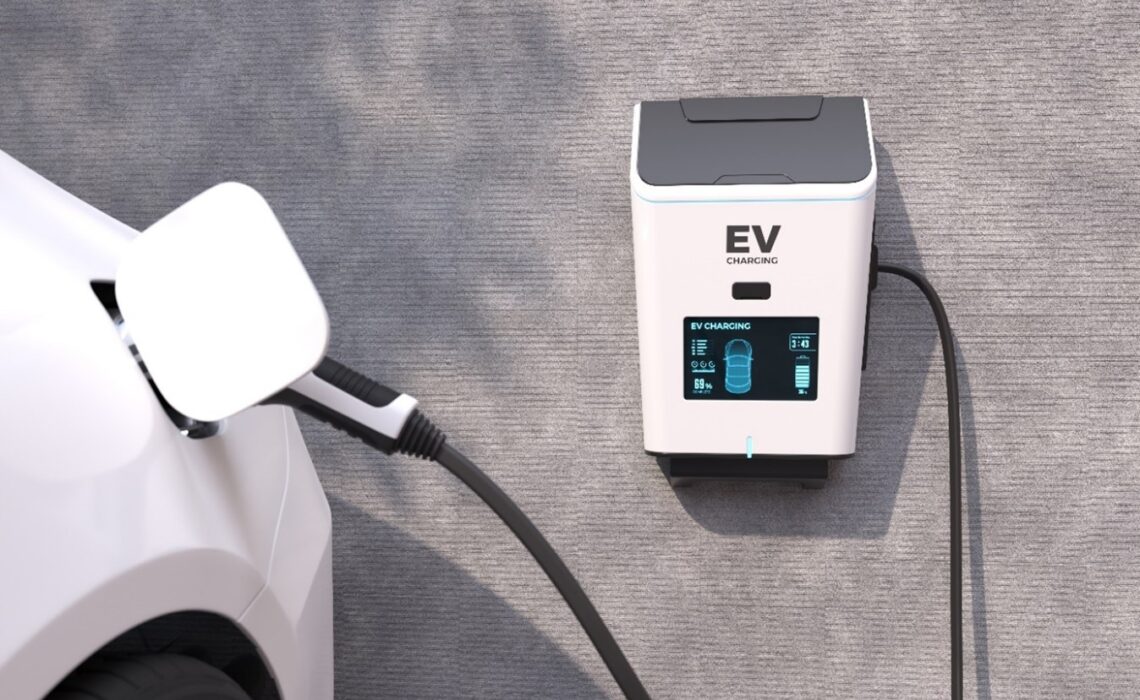
Introduction:
Unplugging your phone charger and replacing it with one for your car may seem like a science fiction concept, but in reality, it’s becoming increasingly commonplace as electric vehicles (EVs) rise in popularity worldwide. But, to fully harvest the benefits of an electric vehicle, you also need to understand the logistics behind installing an EV charger at home. Does this thought trigger a lump in your throat? Worry not! This post will demystify the basics of EV charger installation.
Moving toward a greener future involves comprehensive insights about EV charging systems, understanding the pros and cons, and picking out the optimal solution that suits your daily driving habits and lifestyle. As homeowners, we must be aware and adaptable to embrace this new addition into our driveways, garage, or home’s outdoor areas. Appreciating this advanced technology not only supports the environmental cause but also boosts the comfort and convenience of EV driving.
In this comprehensive read, we’ll walk you through everything you need to know. From the “what and why” of home EV chargers, to the “when and who” of installation, we’ll provide the entire run-through, arming you with the knowledge necessary to enter the world of electric cars with confidence.
Why Invest in a Home EV Charger?
In the contest of convenience, EV home chargers trump public charging stations. Public stations may be few and far between, and queues are, as you may have experienced, quite common. For those of you who value time and convenience, a home charger is undeniably the way to go.
Moreover, being able to charge your vehicle overnight can significantly cut your waiting time as well as trip planning hassles. You can confidently leave your car to get fuelled up in the safety of your garage or driveway without a second thought.
Your EV charger can also potentially influence your EV’s performance. Relying on a standard outlet might increase your vehicle’s consumption time. A specific EV charger does that task quicker and safer.
What are Your EV Charger Options?
The electric vehicle market is in a hotbed of growth and development, with innovation coming up at a soaring pace. New generation EV chargers offer a versatile range of models to accommodate different electrical capabilities and vehicle requirements.
Primarily, home EV chargers come in two types – Level 1 and Level 2. A Level 1 charger is essentially your typical wall outlet, quite slow, akin to a turtle in the world of chargers. If you happen to own an electric vehicle with a smaller battery or don’t take frequent long trips, a Level 1 charger will suffice.
However, a Level 2 charger is the hare in the charger family. It charges your car significantly faster than Level 1, albeit at the cost of professional installation.
Who Should Install Your EV Charger?
A professional electrician trained in EV charger installation should ideally install your EV charger. The process involves working with domestic electrical systems and possibly upgrading your home’s current capacity.
Investing in professional services ensures proper installation, thus minimizing future breakdowns or malfunctions. It safeguards you from undue electrical accidents or fire mishaps. Moreover, this may also be significant in securing potential energy grants or subsidies, if applicable in your region.
When is the Perfect Time to Get Your EV Charger?
The perfect time to get your EV charger installed is preferably immediately after purchasing an EV or even before if possible. As noted, a professional electrician should perform the installation.
The procedure itself usually takes less than a day. However, the timeline can expand if you require an upgrade to your home’s electrical services panel. Prepping for early installation ensures that your EV’s batteries never run low, and you always have a reliable back-up.
Considering the Pros and Cons
Like most home improvement projects, installing a home EV charger carries with it a bundle of pros and cons. The key advantages include the convenience of charging at home, better charging efficiency, and time-saving benefits.
However, you should consider the installation expenses, potential upgrades to your home’s electrical system, and maintenance costs. Understanding these factors can help you make an informed decision.
Understanding the Impact on Home Infrastructure
Do remember, an EV charger installation will have an impact on your home’s electrical infrastructure. As mentioned earlier, you may even have to consider an upgrade to your electrical services panel. The Level 2 charger requires a dedicated 40A circuit, meaning your house needs to have adequate capacity. Factor in these additional costs as you budget for this home improvement project.
Conclusion:
As a homeowner in the modern times of sustainability and technological infrastructures, it’s essential to understand the shifts and changes surrounding you, and one significant development is the rise of EVs.
Adapting to these changes not only makes your daily life easier but it also supports a healthier environment. No doubt, the initial costs and maintenance might give you pause, but the long-term benefits far outweigh these concerns.
Pondering whether to hop on the EV trend and install a home charger? It’s clear, with the right planning and understanding, you can make an worthwhile investment in your green future. Let us embrace technology with open arms and welcome these advancements for our collective better future!





